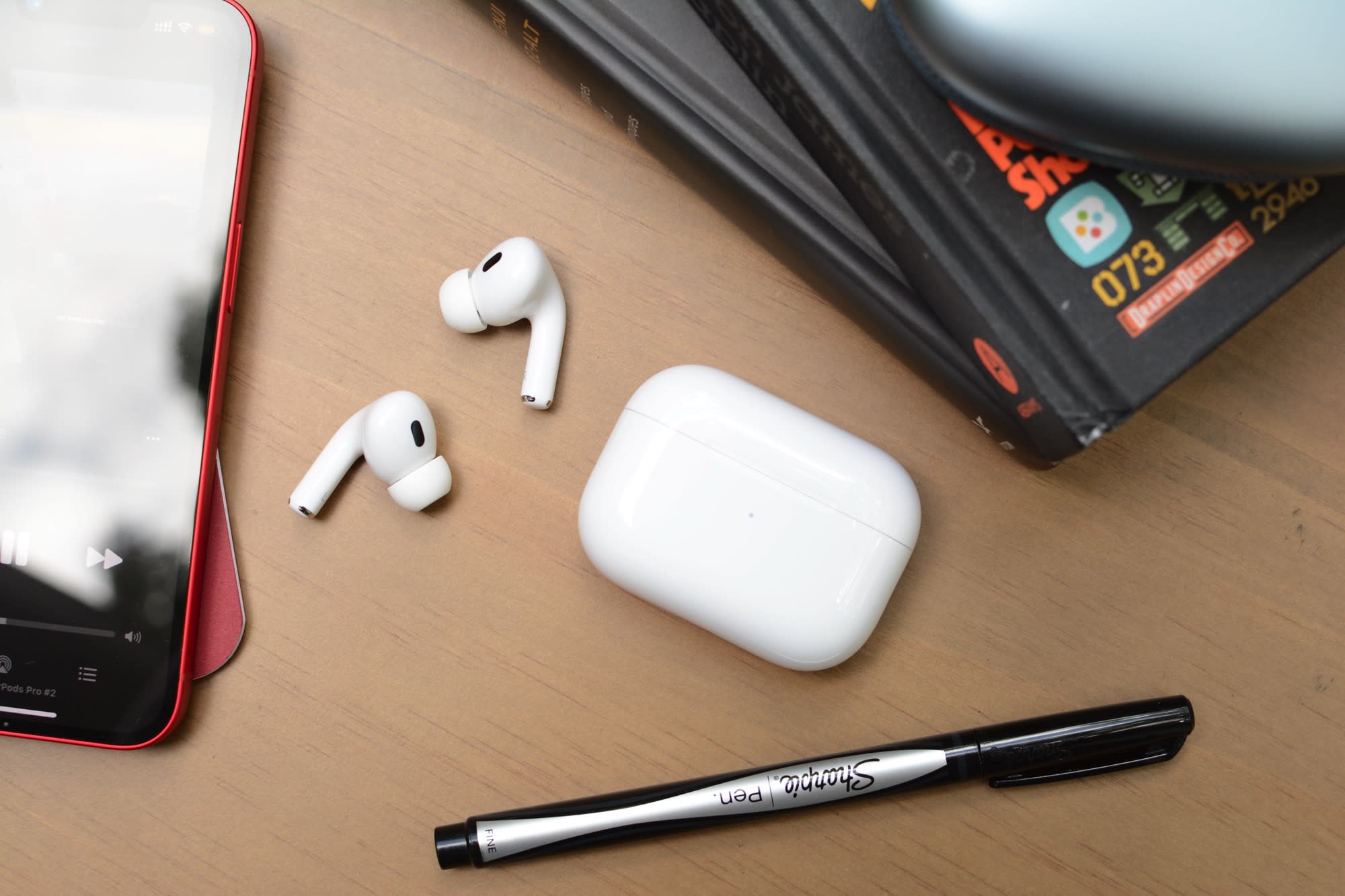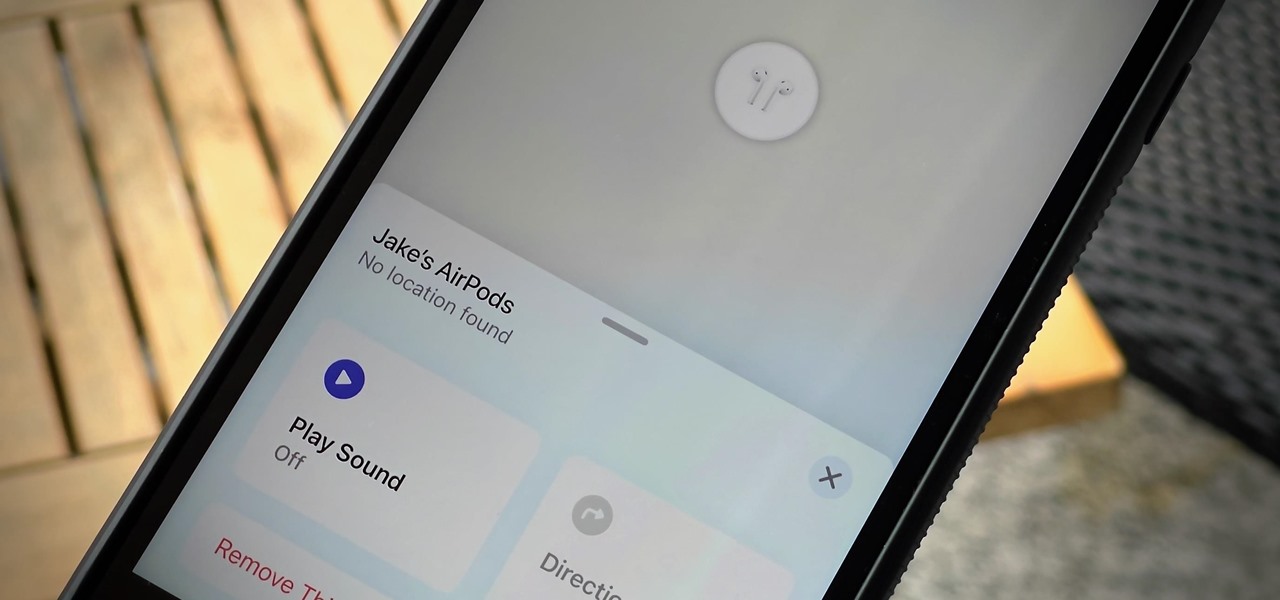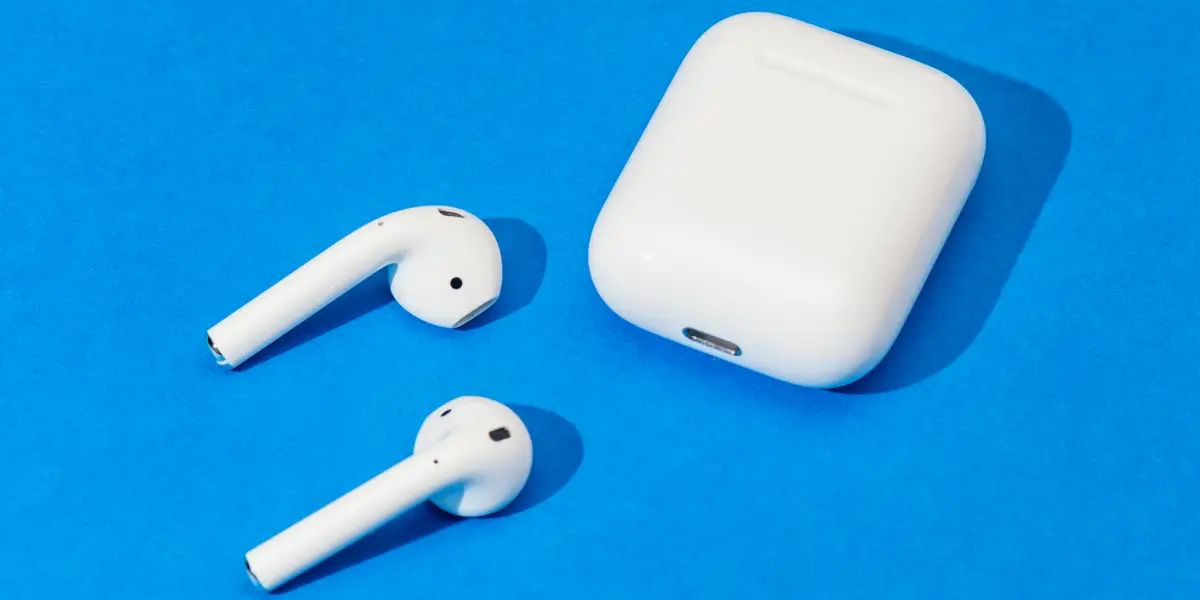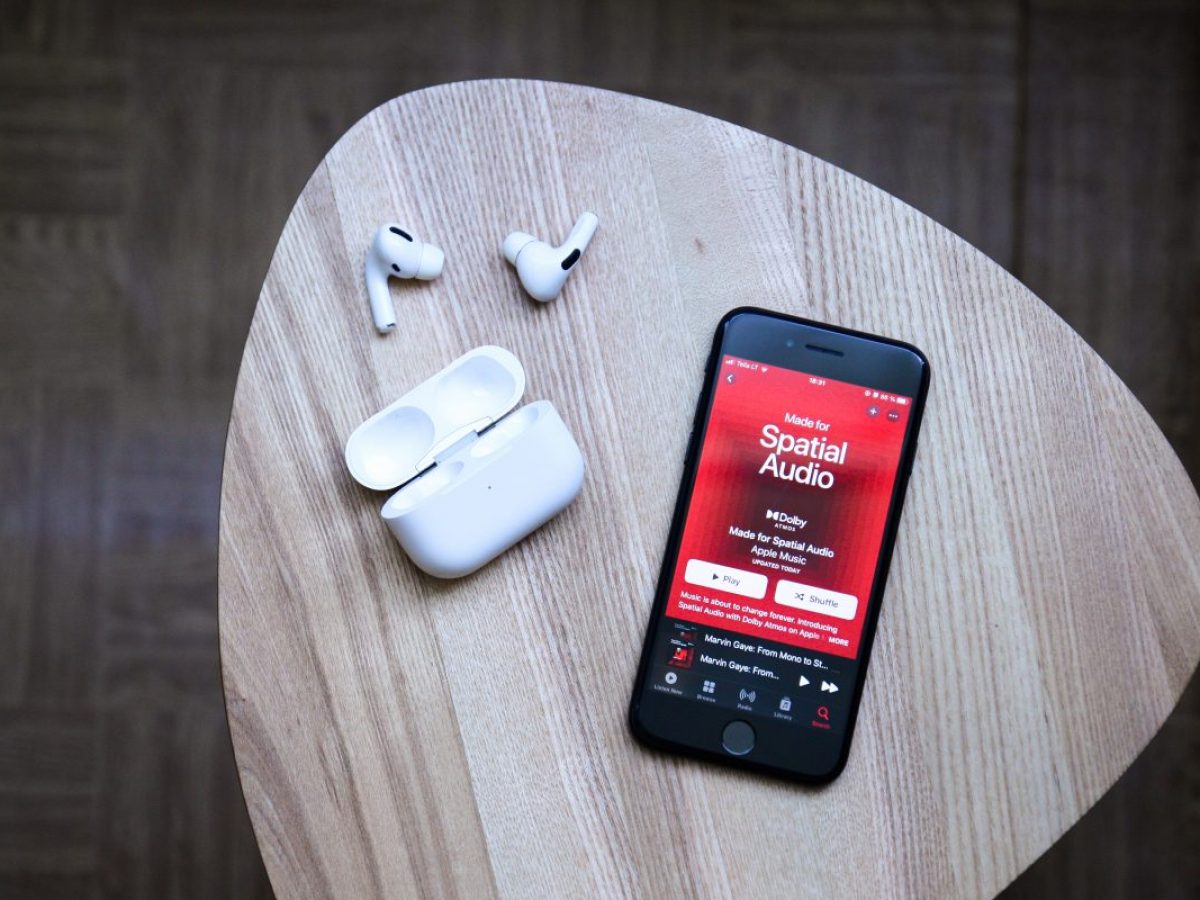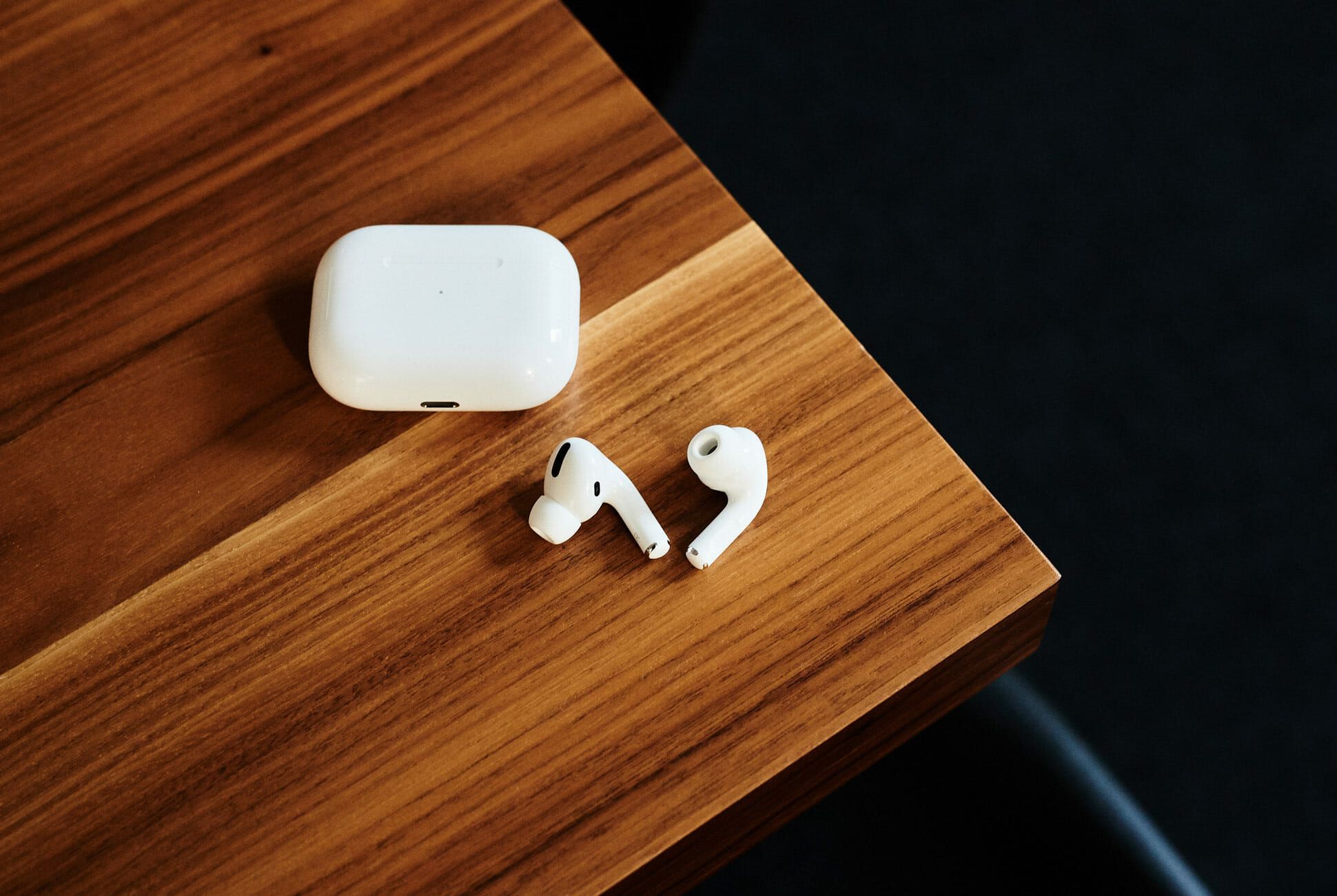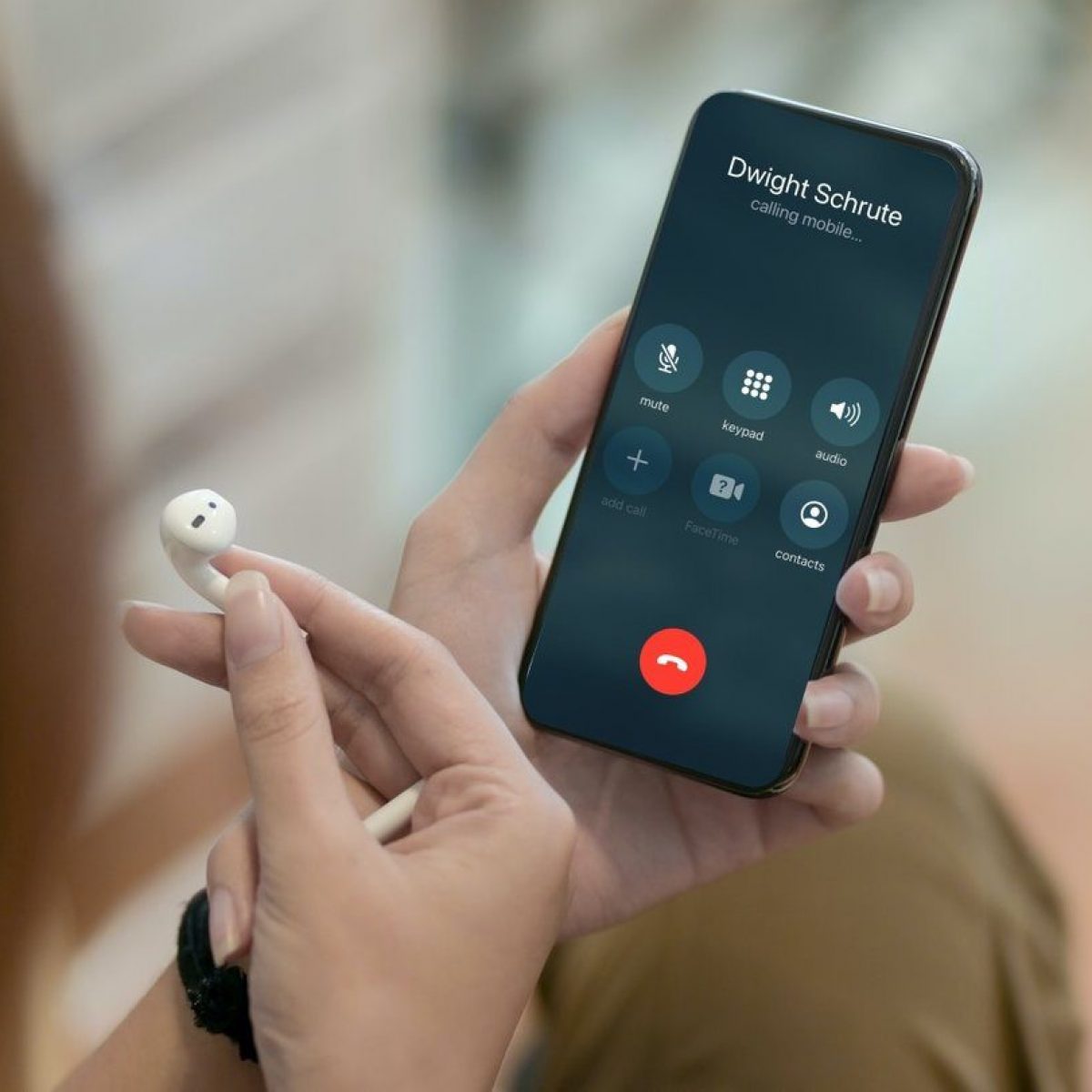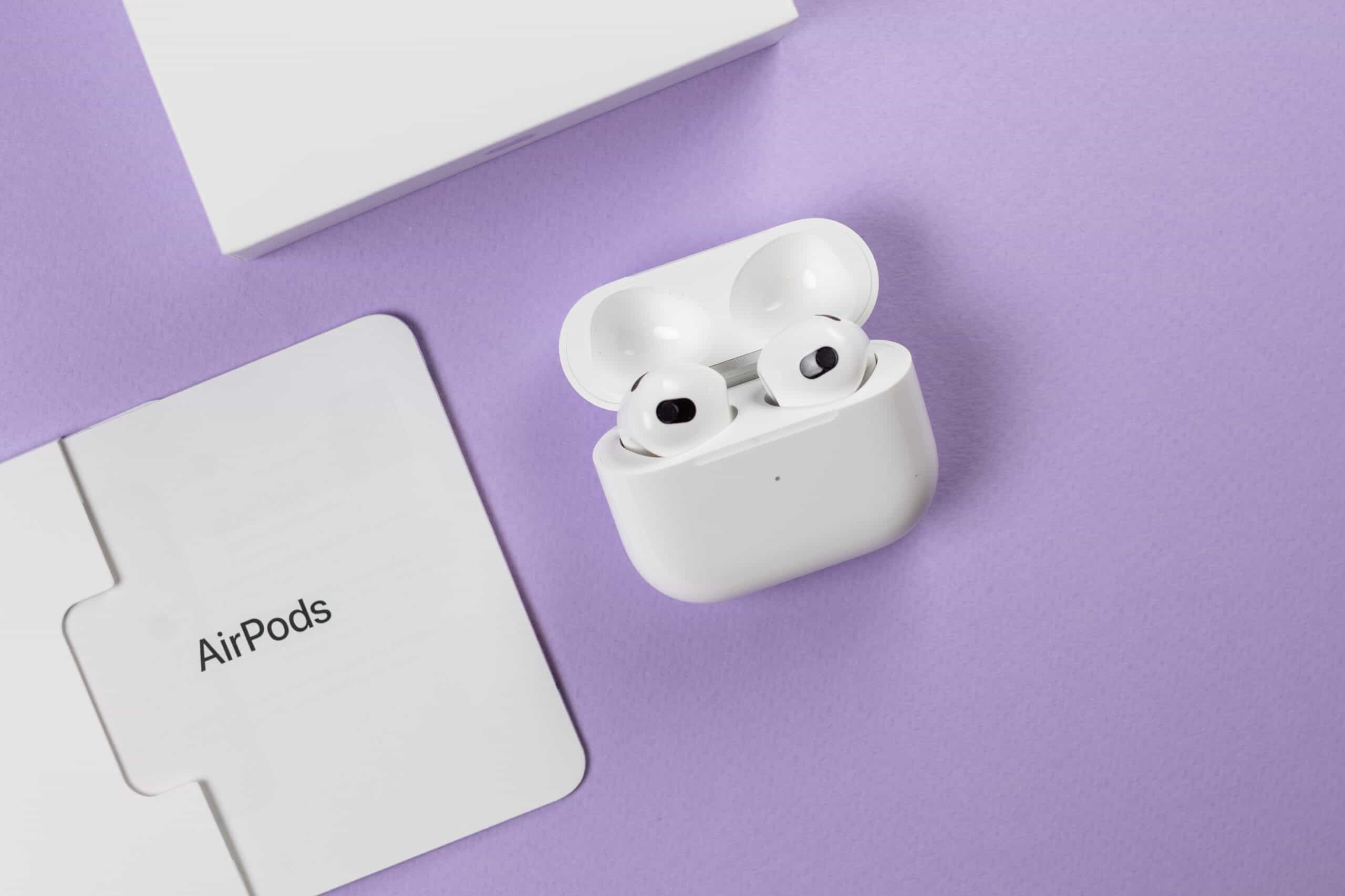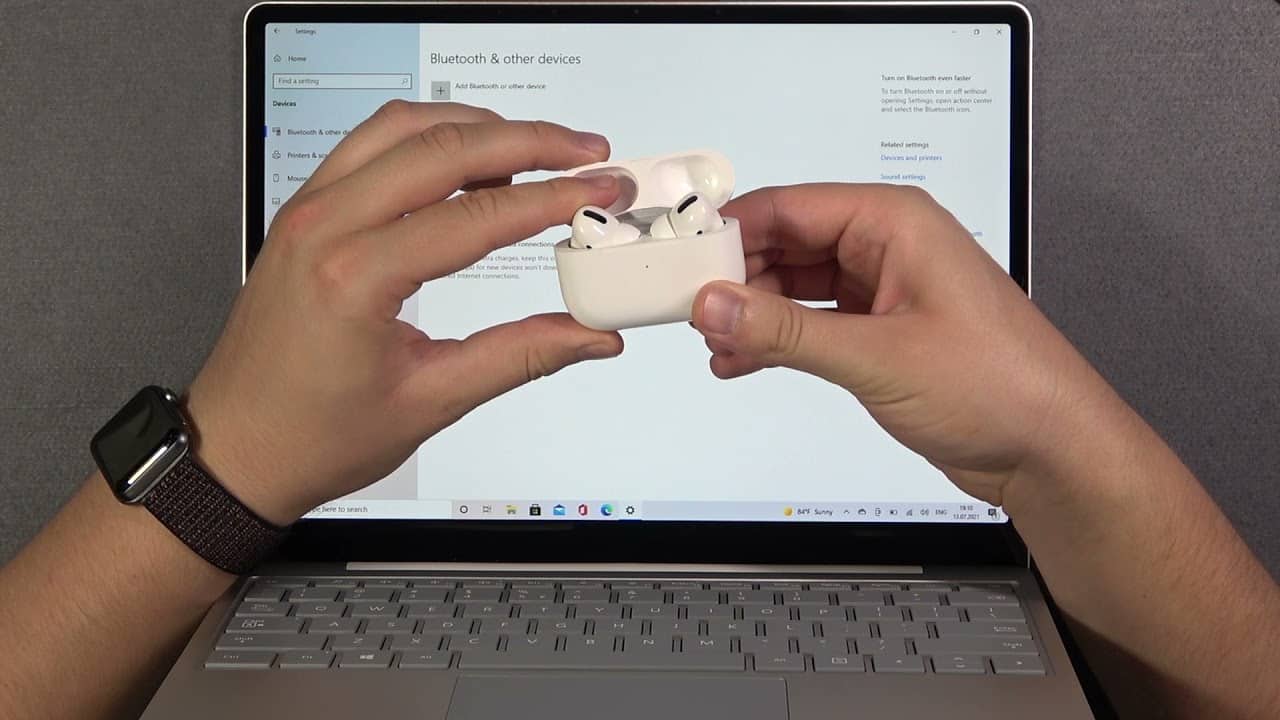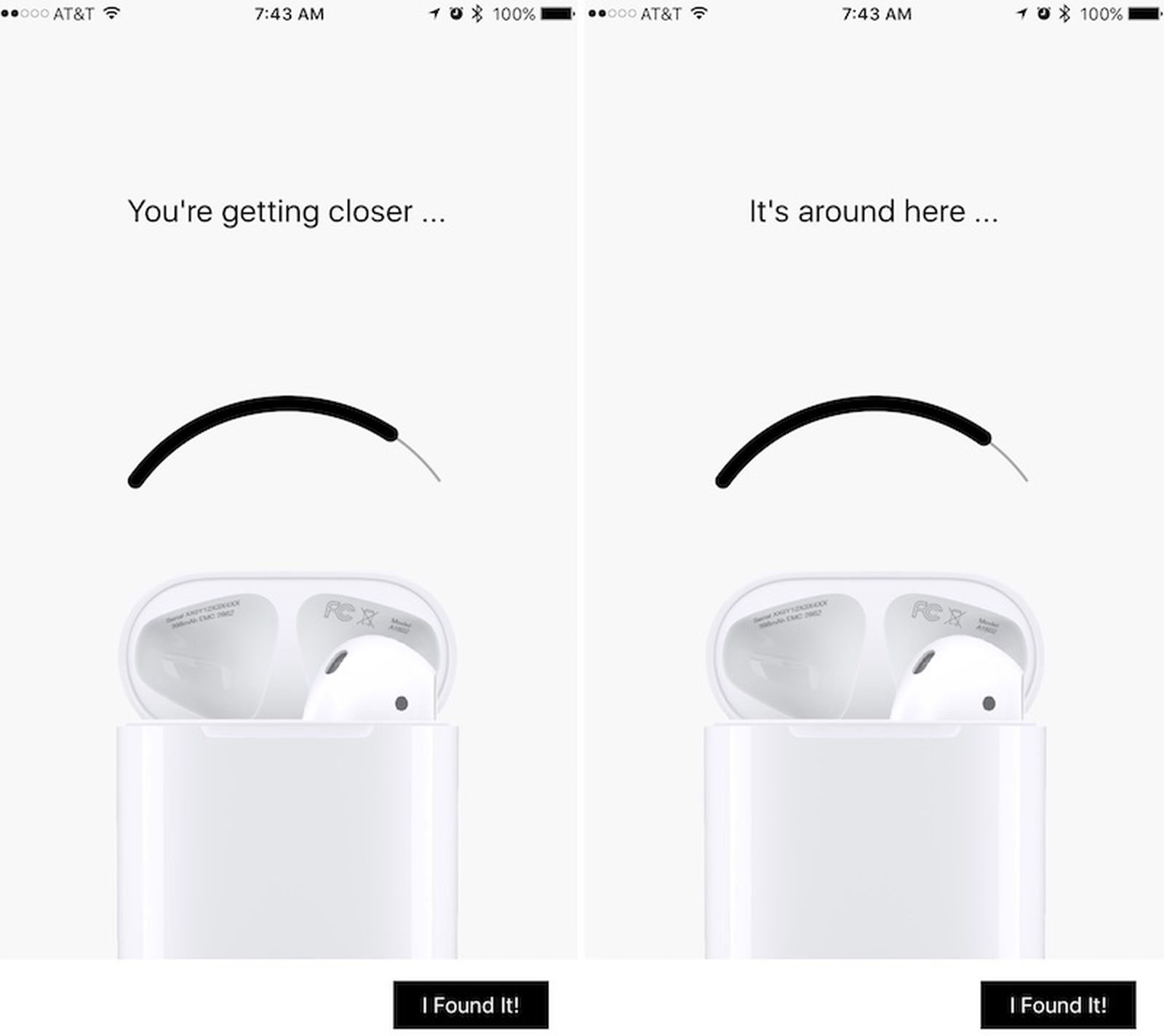Introduction
Wireless earphones have become increasingly popular in recent years, and Apple’s AirPods are undoubtedly one of the most sought-after options on the market. With their sleek design and seamless integration with Apple devices, AirPods offer a convenient and wireless audio experience. However, a common question among AirPods users is how far they can be away from their phone and still maintain a stable connection.
The distance at which AirPods can be away from your phone while maintaining a connection is determined by various factors. These include the Bluetooth range, environmental conditions, and any potential obstacles that may interfere with the signal. Understanding these factors can help you make the most of your AirPods and ensure a reliable and enjoyable listening experience.
In this article, we will explore the maximum range of AirPods, the factors that can affect their range, and some tips to improve their range. So, whether you’re considering purchasing AirPods or already own a pair, read on to discover how far your AirPods can be from your phone!
Bluetooth Range
The Bluetooth technology that powers the connection between your AirPods and your phone plays a crucial role in determining the maximum distance they can be apart while maintaining a stable connection. Bluetooth operates on the 2.4 GHz frequency, and its range can vary depending on the version of Bluetooth used.
The latest version of Bluetooth, Bluetooth 5.0, offers an impressive range of up to 800 feet (240 meters) in open space. However, it’s important to note that real-world performance may differ due to factors such as interference and obstructions.
Prior versions of Bluetooth, such as Bluetooth 4.2 and 4.0, have a range of approximately 33 feet (10 meters) in ideal conditions. While this range is more than sufficient for most everyday scenarios, it may be reduced by obstacles like walls, furniture, and other electronic devices that can interfere with the signal.
It’s worth mentioning that both your iPhone and AirPods need to support the same Bluetooth version to achieve the maximum range. If your AirPods support a higher version of Bluetooth than your iPhone, the range will be limited to what your phone can support.
Now that we understand the Bluetooth range capabilities, let’s dive into the factors that can affect the range of your AirPods.
Factors Affecting AirPods Range
While Bluetooth technology sets the foundation for the range of your AirPods, several other factors can affect the actual distance at which they can maintain a connection. Here are some key factors to consider:
- Obstacles: Physical barriers like walls, furniture, and even your body can obstruct the Bluetooth signal and limit the range of your AirPods. Thick walls and structures made of materials like concrete or metal can pose greater challenges. Generally, maintaining a line of sight between your AirPods and the source device can result in a better range.
- Interference: Other electronic devices operating on the same frequency as Bluetooth, such as Wi-Fi routers, microwaves, and cordless phones, can create interference and disrupt the Bluetooth signal. To minimize interference, try to keep your AirPods and source device away from such devices or switch to a less crowded Bluetooth channel if your device supports it.
- Battery Level: The battery level of your AirPods can also impact their range. When the battery is low, the signal strength may decrease, leading to a shorter range. It is recommended to keep your AirPods fully charged for optimal performance and range.
- Environmental Conditions: Environmental factors like humidity, temperature, and electromagnetic fields can affect the range of Bluetooth devices, including AirPods. Extreme weather conditions or being in an area with a high concentration of electromagnetic interference can impact the signal strength and range.
By considering these factors and making some adjustments, you can potentially improve the range and overall performance of your AirPods. Now, let’s explore the maximum range you can expect from your AirPods.
Maximum Range of AirPods
The maximum range at which you can use your AirPods may vary depending on the specific model of AirPods you own. In general, the maximum range for AirPods is around 100 feet (30 meters) in an open space environment. However, this range can be affected by the factors mentioned earlier, such as obstacles and interference.
It’s important to keep in mind that the range is not fixed and can vary in real-world scenarios. For instance, if you are indoors and there are walls and furniture between your AirPods and your iPhone, the range may be significantly reduced. Additionally, the range may be affected if there are other Bluetooth devices nearby that are causing interference.
While the maximum range of AirPods is around 100 feet, it’s worth noting that maintaining a reliable connection is more important than achieving the maximum range. In some cases, you might experience a drop in audio quality or occasional signal drops if you move too far away from your iPhone, even if you are still within the maximum range.
Now that we understand the maximum range of AirPods, let’s explore some tips and tricks to improve their range and ensure a better wireless experience.
Tips to Improve AirPods Range
If you want to maximize the range and ensure a stable connection for your AirPods, here are some useful tips to consider:
- Keep your AirPods and source device close: While the maximum range of AirPods is around 100 feet, it’s always best to keep your AirPods and the device they are connected to (such as your iPhone) in close proximity. By minimizing the distance between them, you can reduce the chances of signal drops and maintain a stronger connection.
- Reduce obstacles and interference: Try to optimize the environment by minimizing any physical obstacles that may obstruct the Bluetooth signal. Keep your AirPods and source device in an open space and away from walls, large furniture, and other devices that may interfere with the signal.
- Avoid crowded Wi-Fi channels: If you are experiencing interference from other devices such as Wi-Fi routers, try switching to a less crowded Wi-Fi channel. This can help reduce the potential for interference and improve the range of your AirPods.
- Keep your AirPods fully charged: As mentioned earlier, the battery level of your AirPods can affect their performance and range. Regularly charge your AirPods to ensure they are operating at their optimal level.
- Update to the latest firmware: Apple periodically releases firmware updates for AirPods that can address connectivity issues and improve performance. Make sure your AirPods are updated with the latest firmware to get the best possible range and experience.
- Reset and re-pair your AirPods: If you are experiencing consistent connectivity issues or a limited range, you can try resetting your AirPods and re-pairing them with your device. This can help resolve any software-related issues and improve the overall range and performance.
By following these tips, you can enhance the range and reliability of your AirPods, ensuring a seamless and enjoyable wireless audio experience.
Conclusion
Wireless earphones have revolutionized the way we listen to music and interact with our devices, and Apple’s AirPods have become a popular choice for many users. While the maximum range of AirPods is around 100 feet, keep in mind that the actual range can be influenced by various factors such as obstacles, interference, and battery level.
To make the most of your AirPods and improve their range, it’s important to keep your AirPods and source device close to each other, reduce obstacles and interference, and ensure your AirPods are charged. Additionally, updating to the latest firmware and resetting/re-pairing your AirPods can help optimize their performance and range.
While it’s essential to understand the limitations and factors affecting the range of AirPods, it’s also important to remember that they are designed for a seamless and convenient wireless experience. As long as you stay within a reasonable range and avoid excessive interference, you can enjoy high-quality audio from your AirPods without worrying about the distance from your phone.
So, whether you’re using your AirPods for a morning workout, leisurely listening, or hands-free calling, rest assured that they can deliver an exceptional experience within their specified range. Embrace the freedom of wireless audio and let your AirPods take you on an immersive musical journey!







